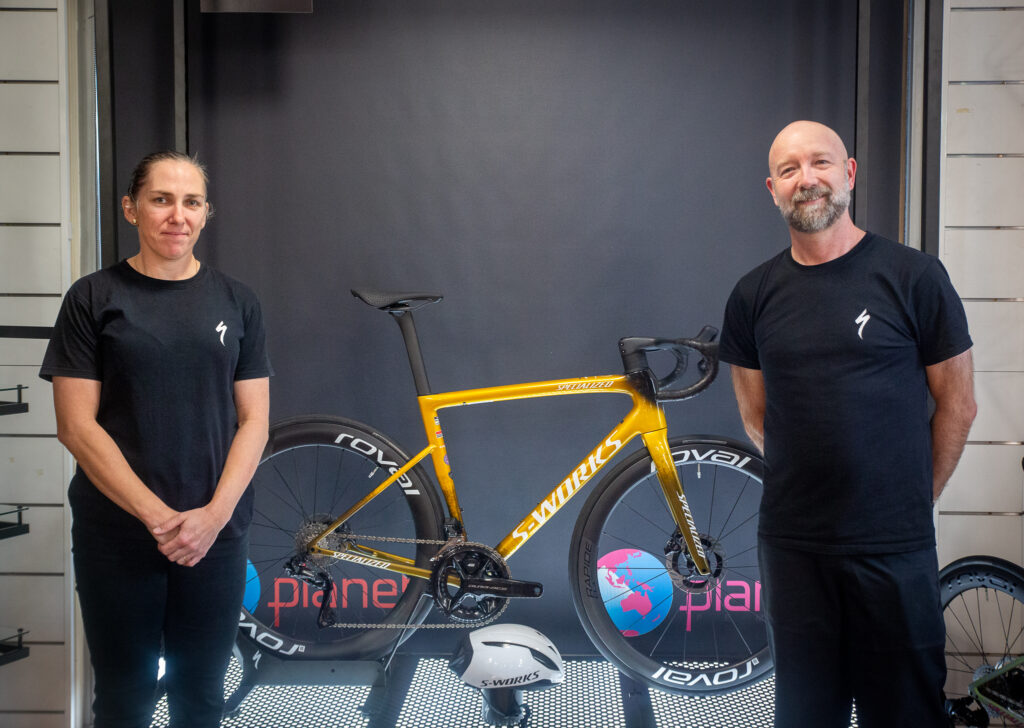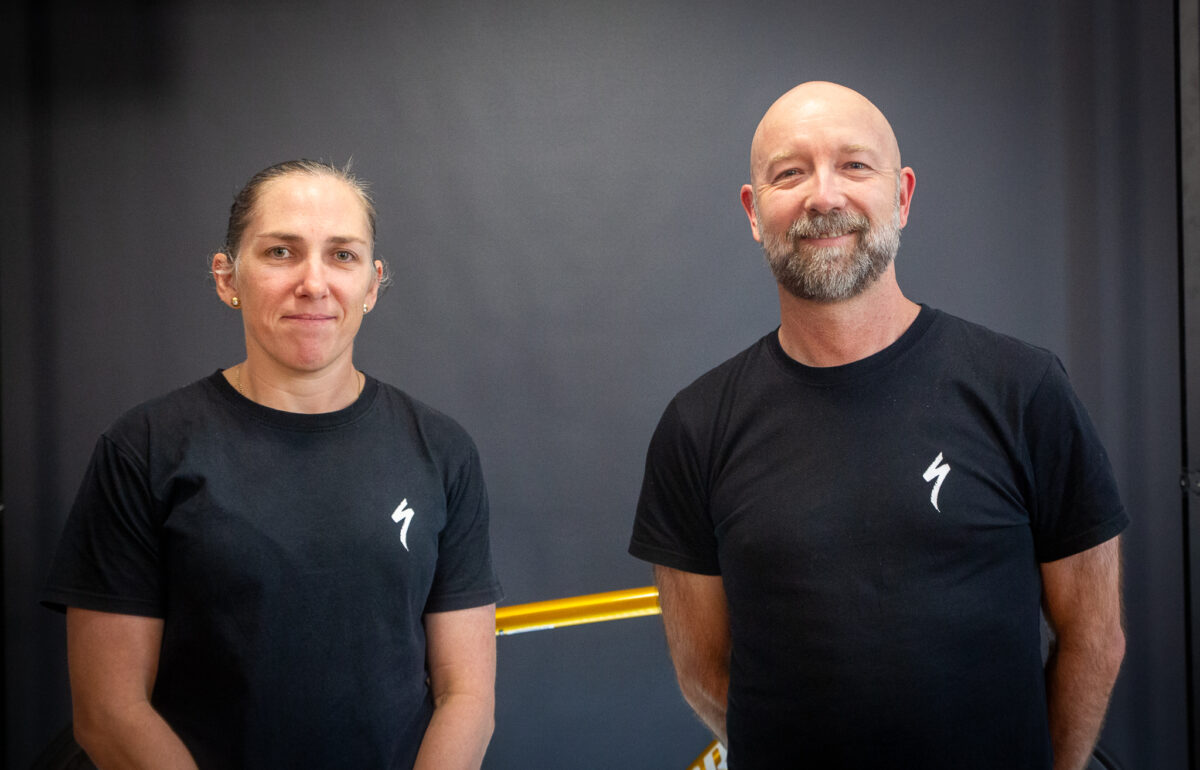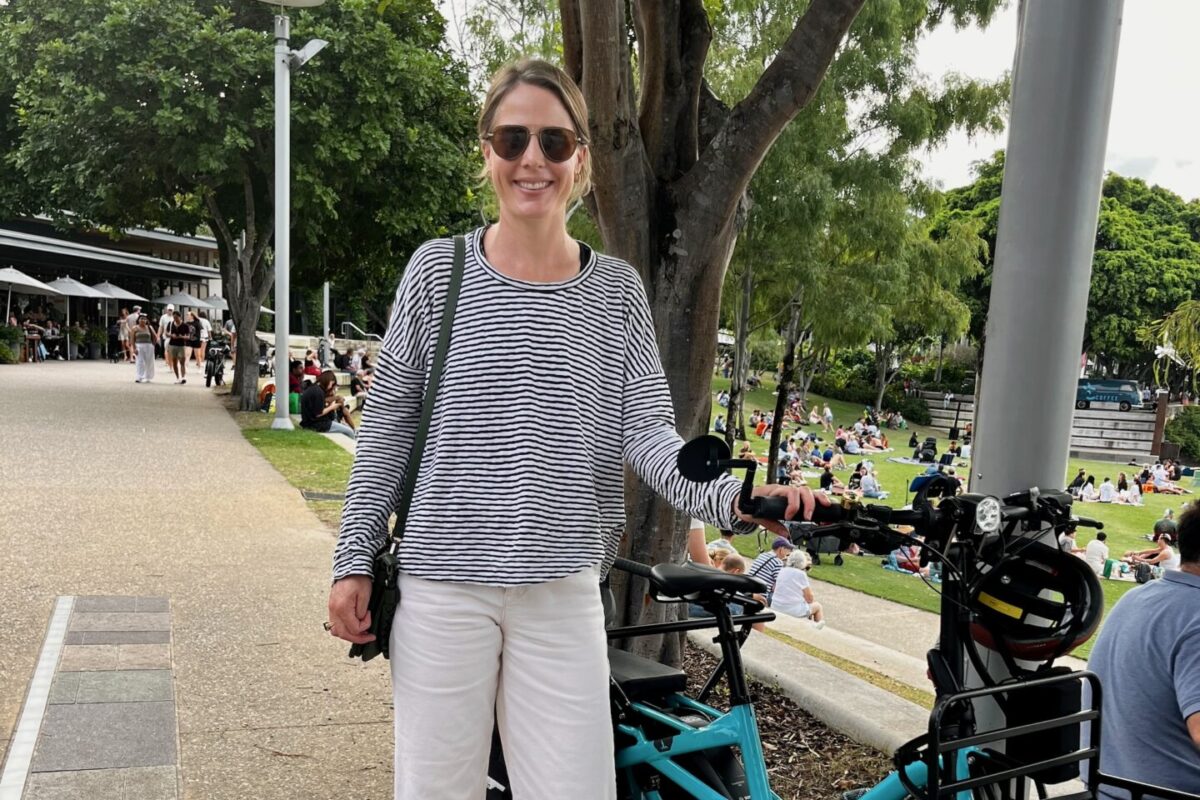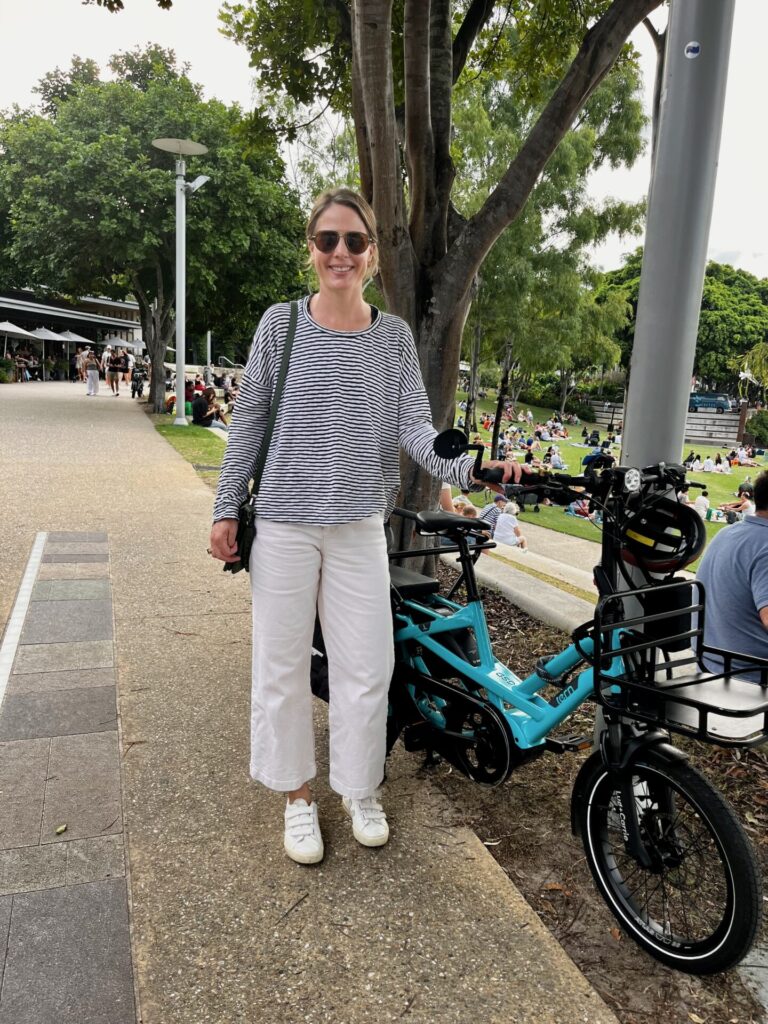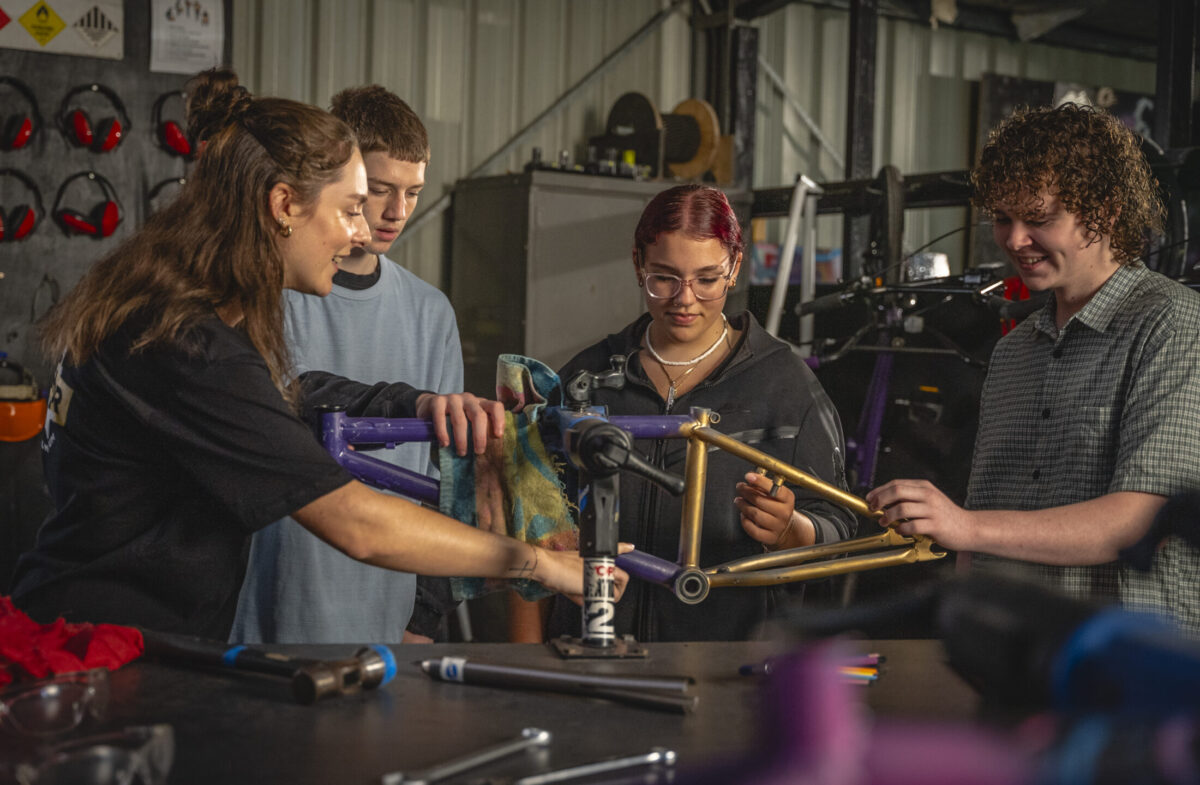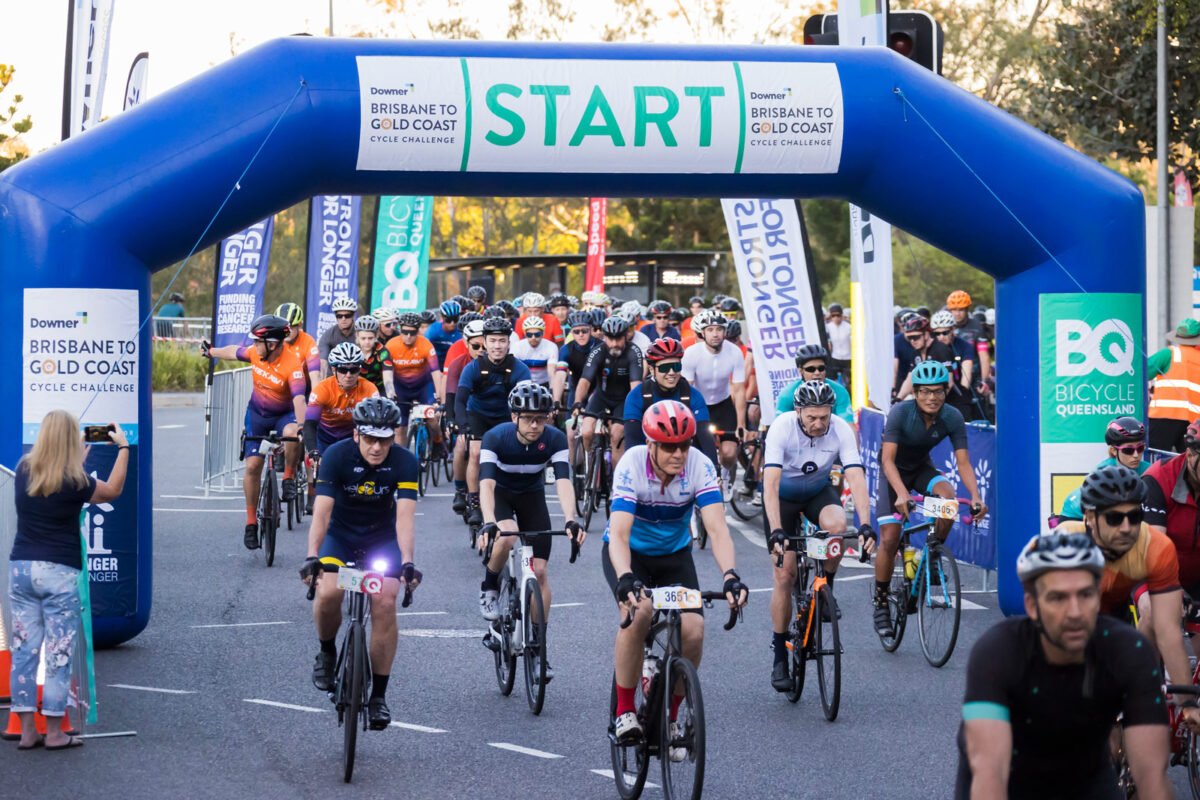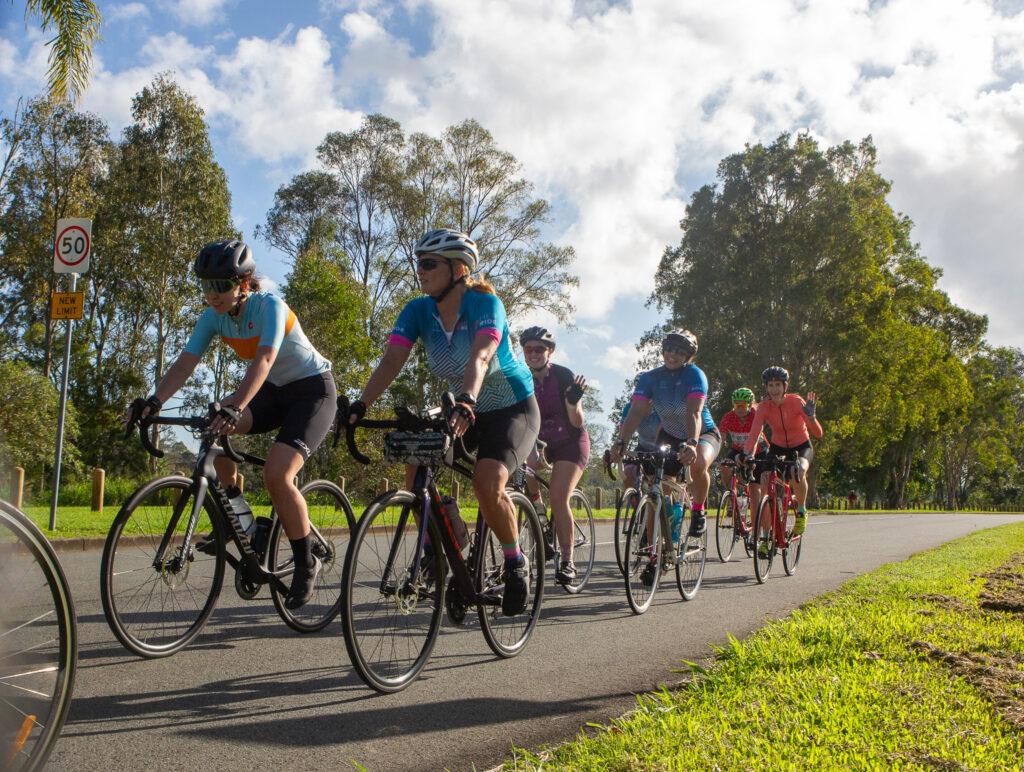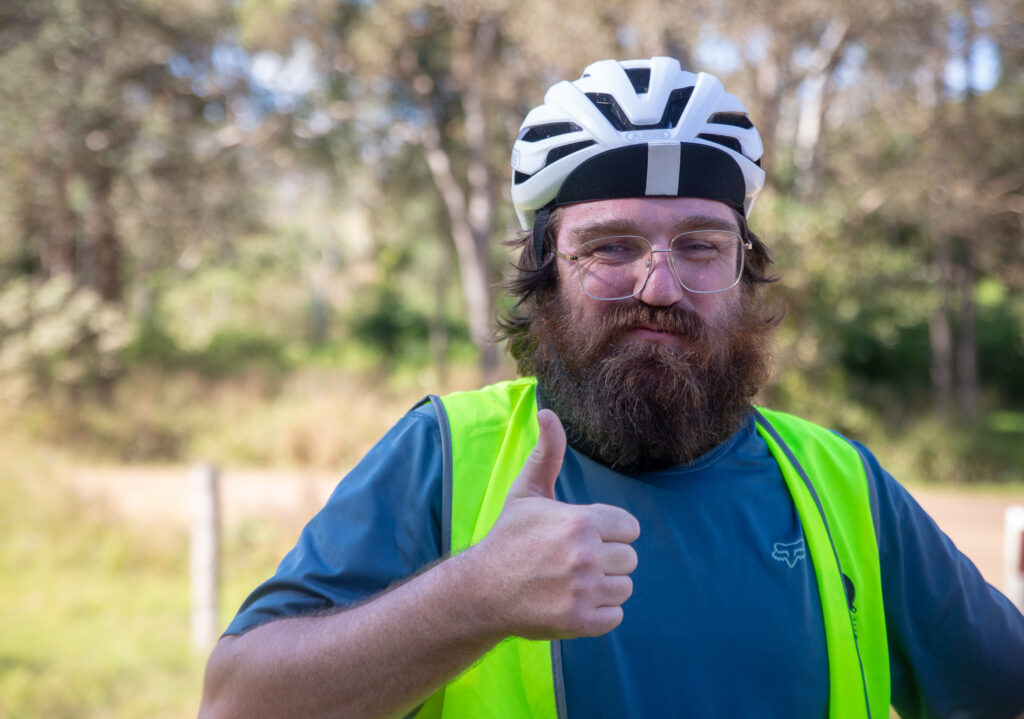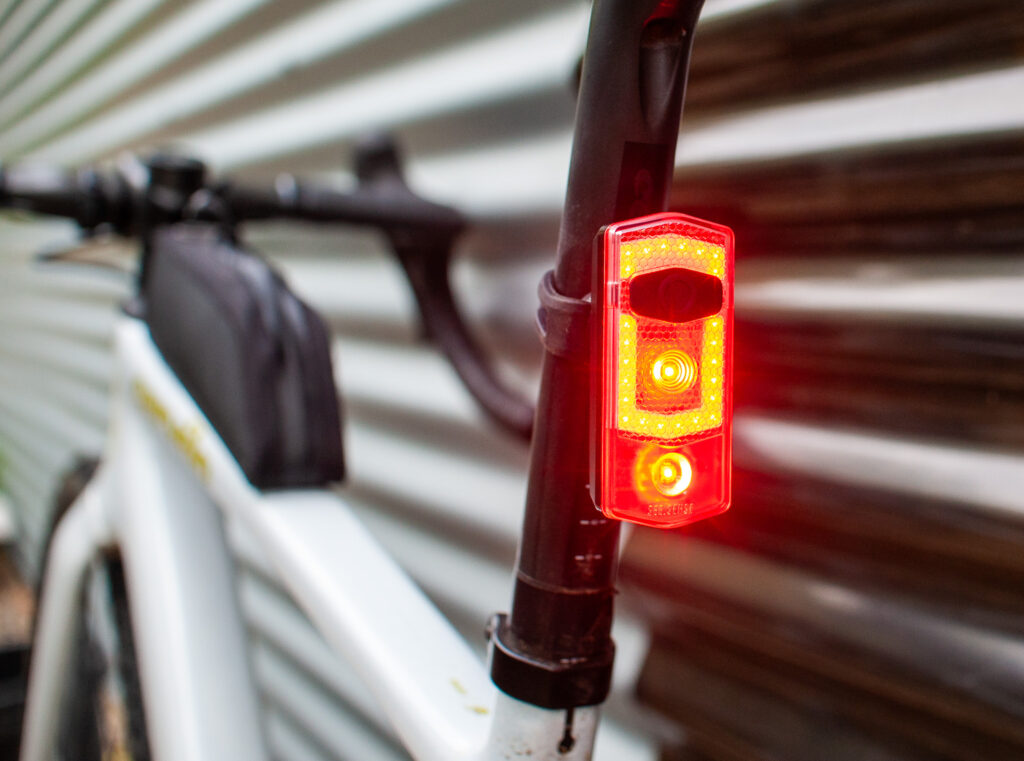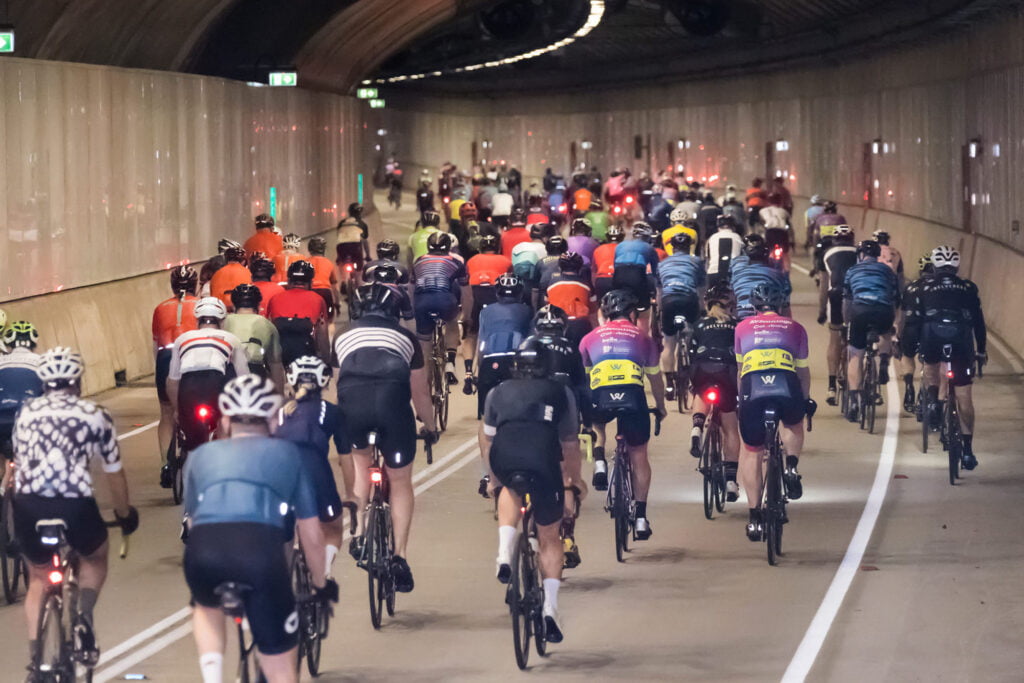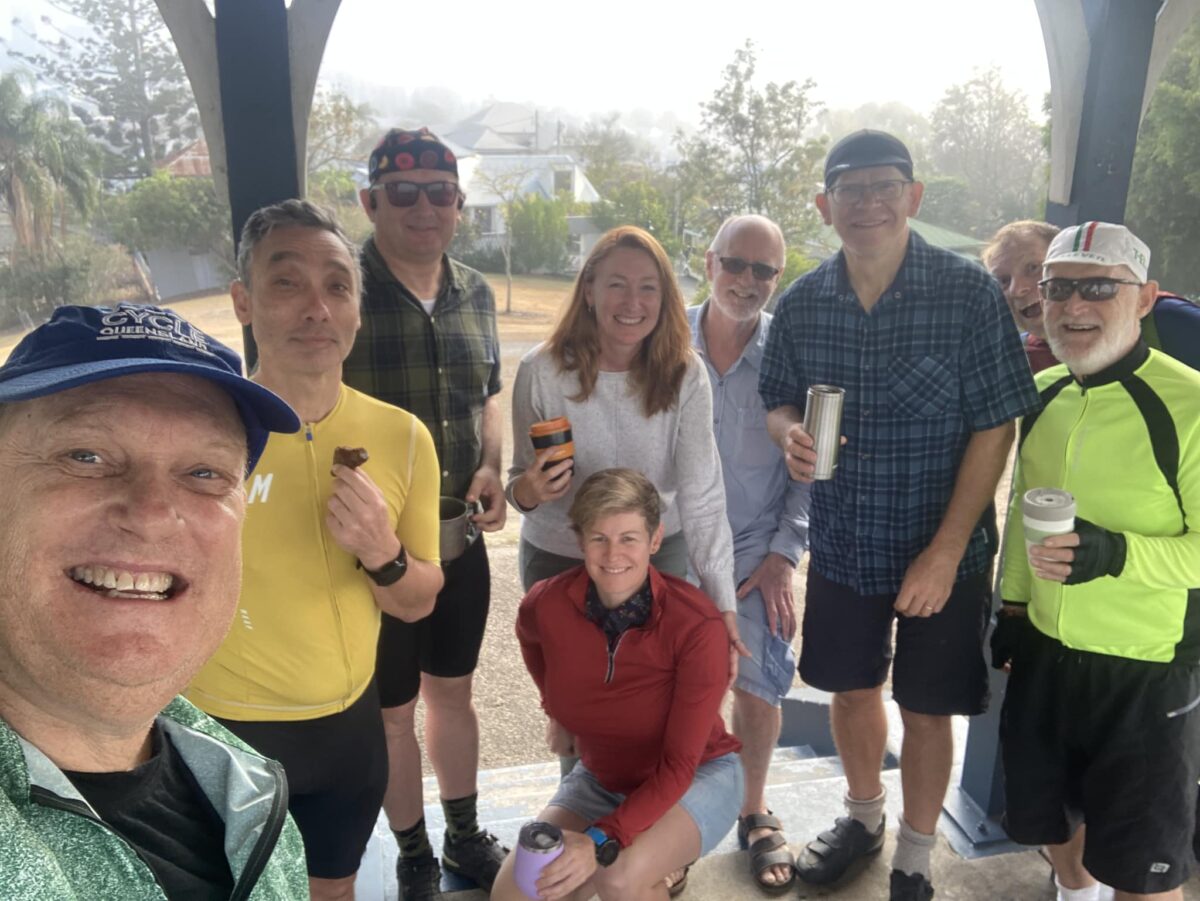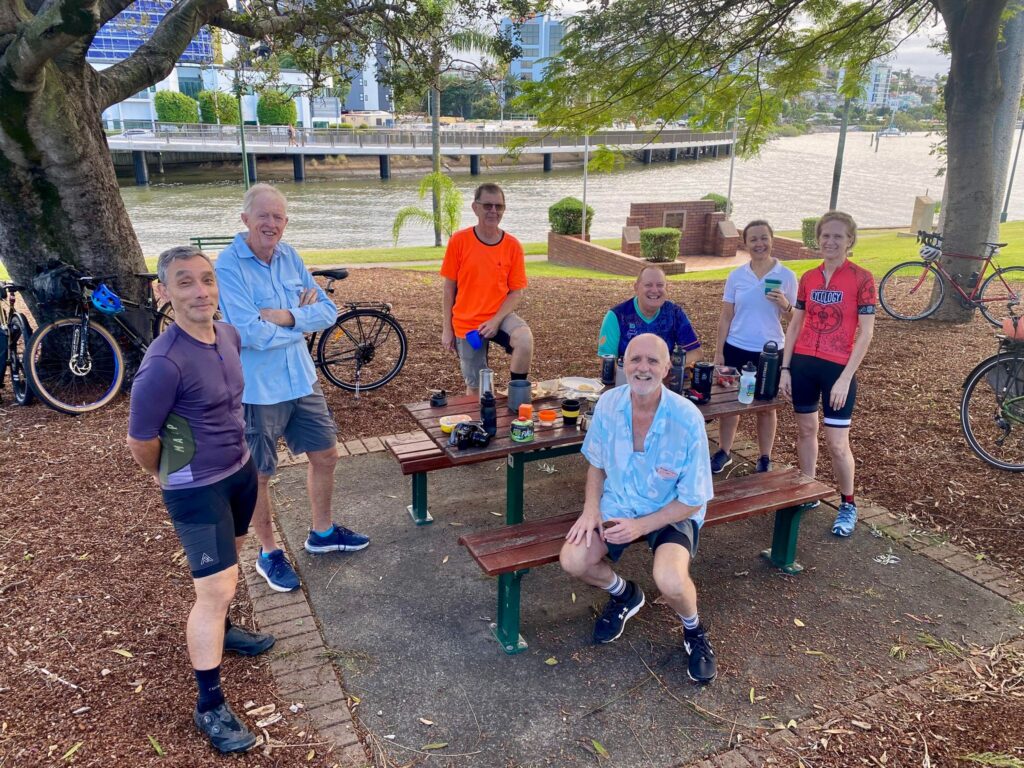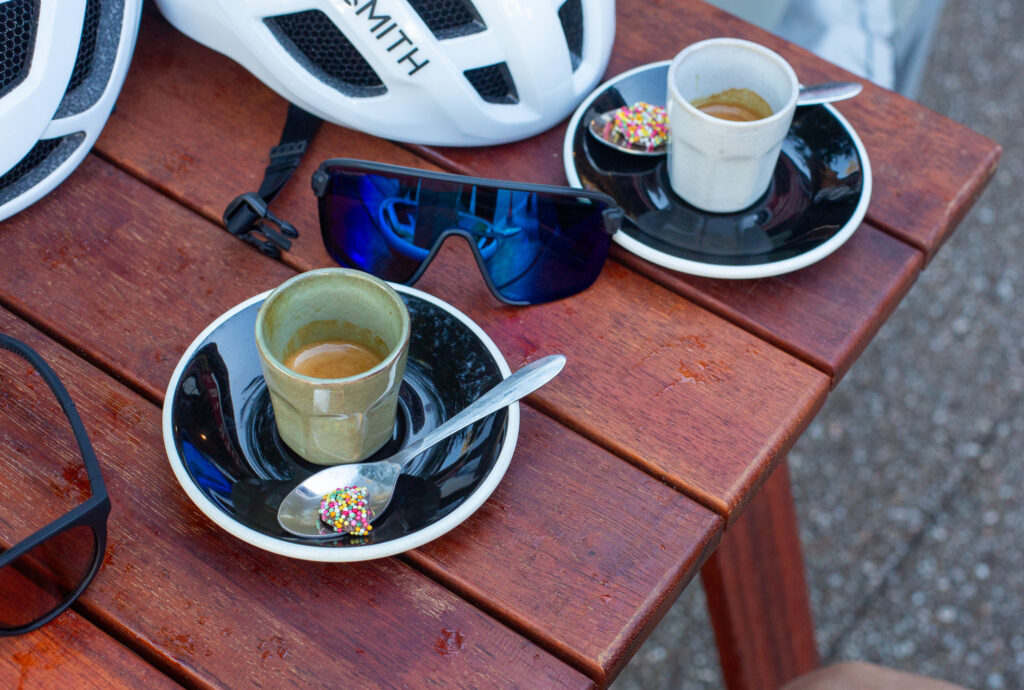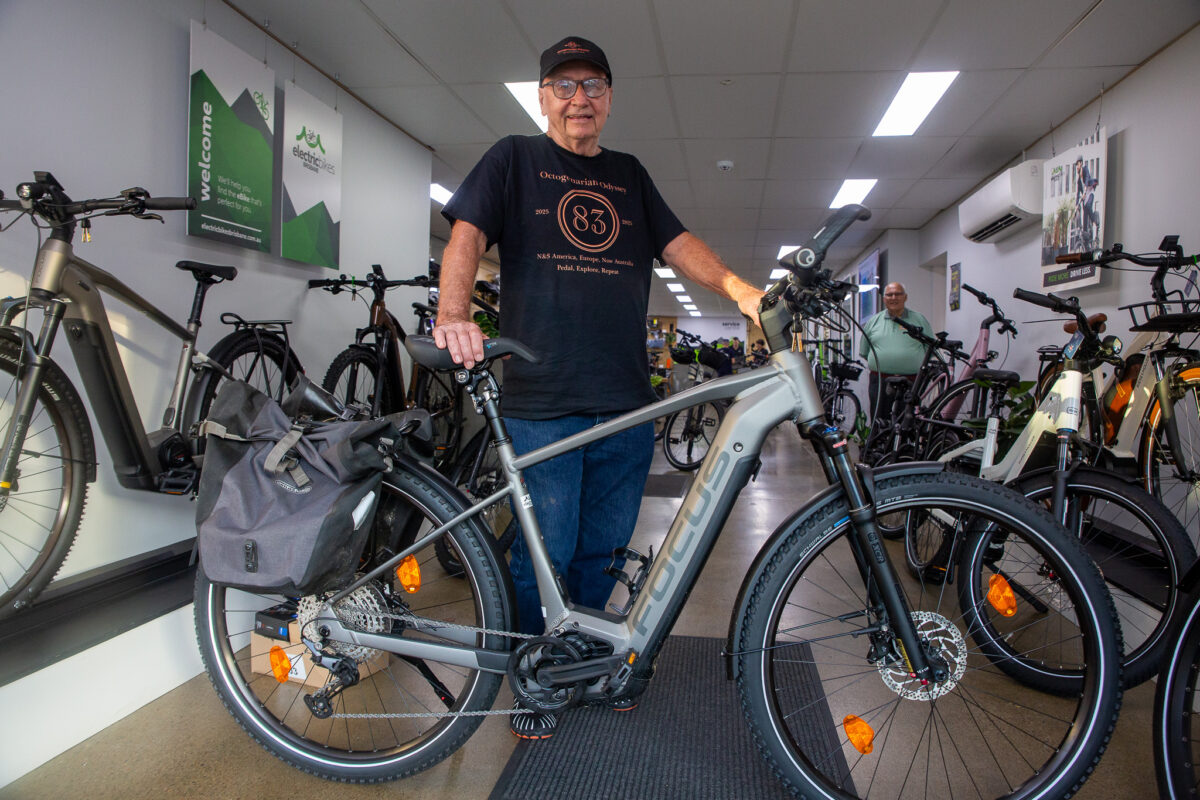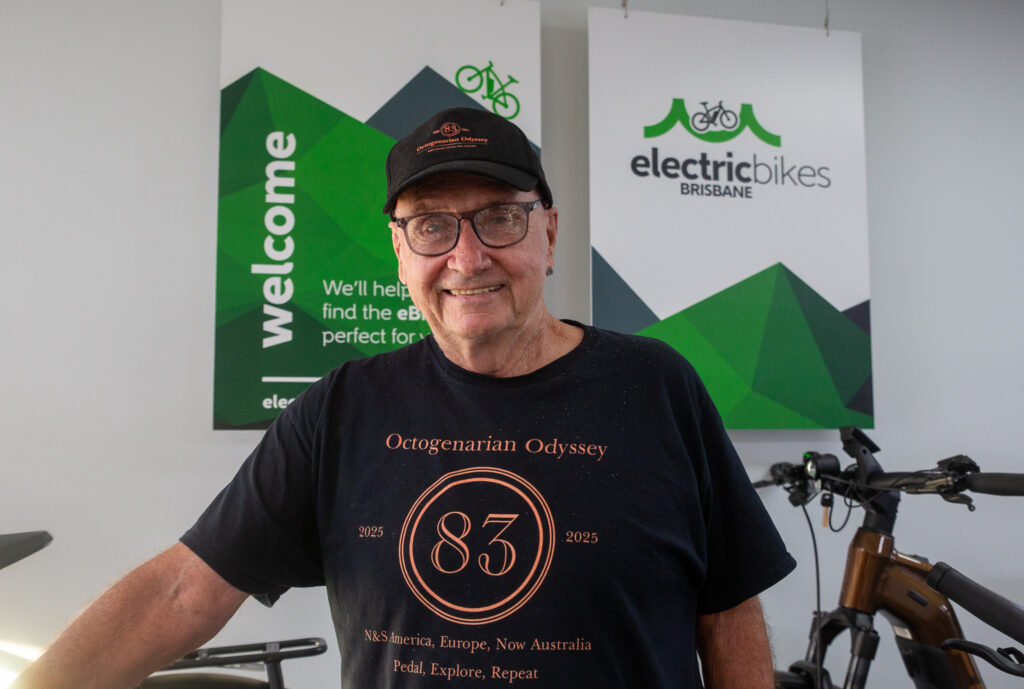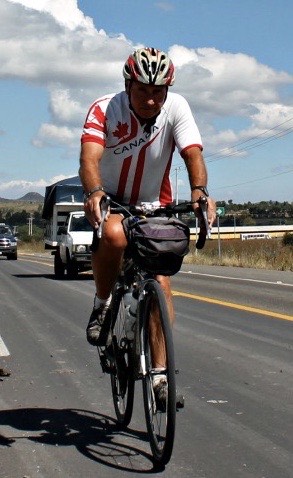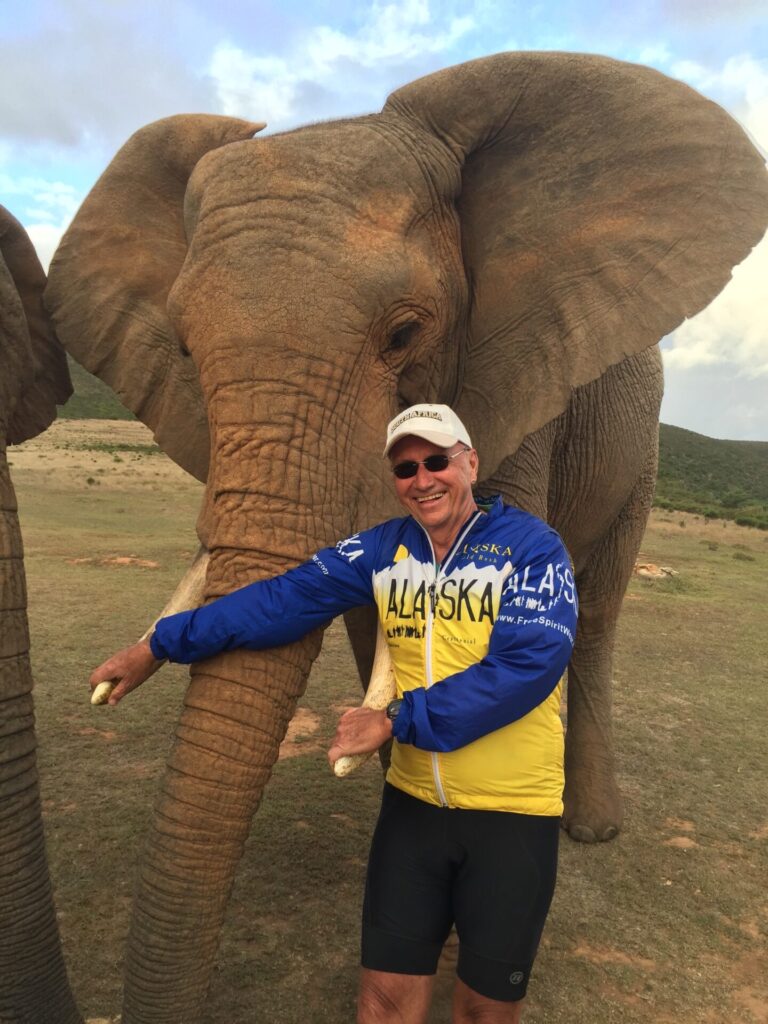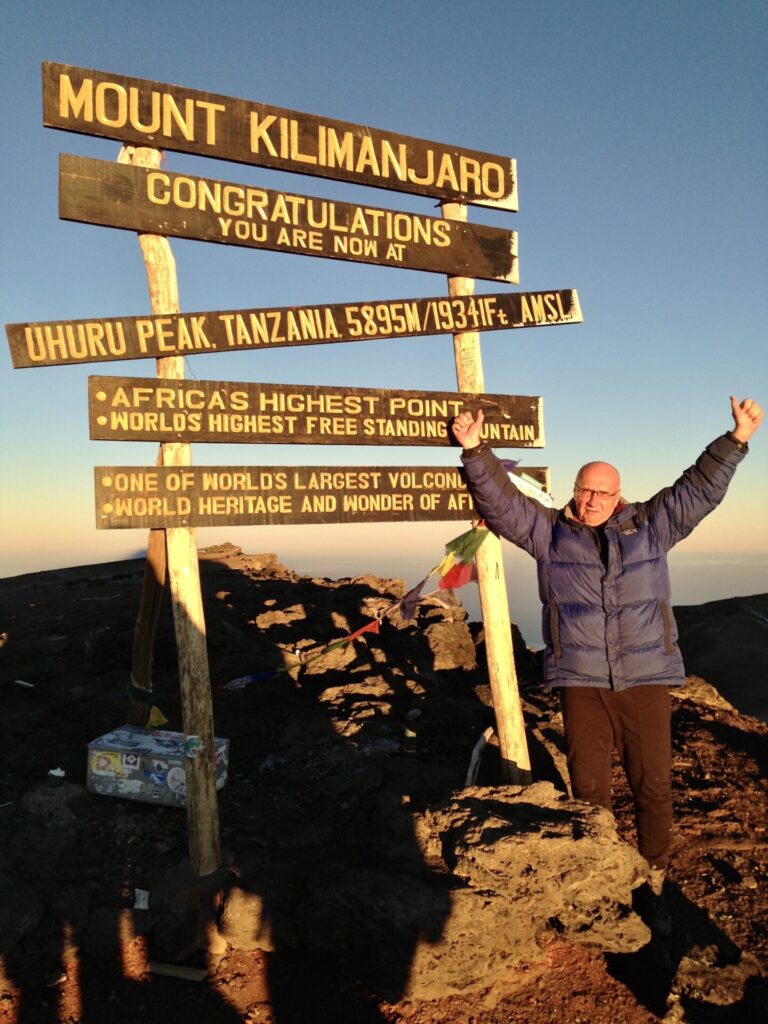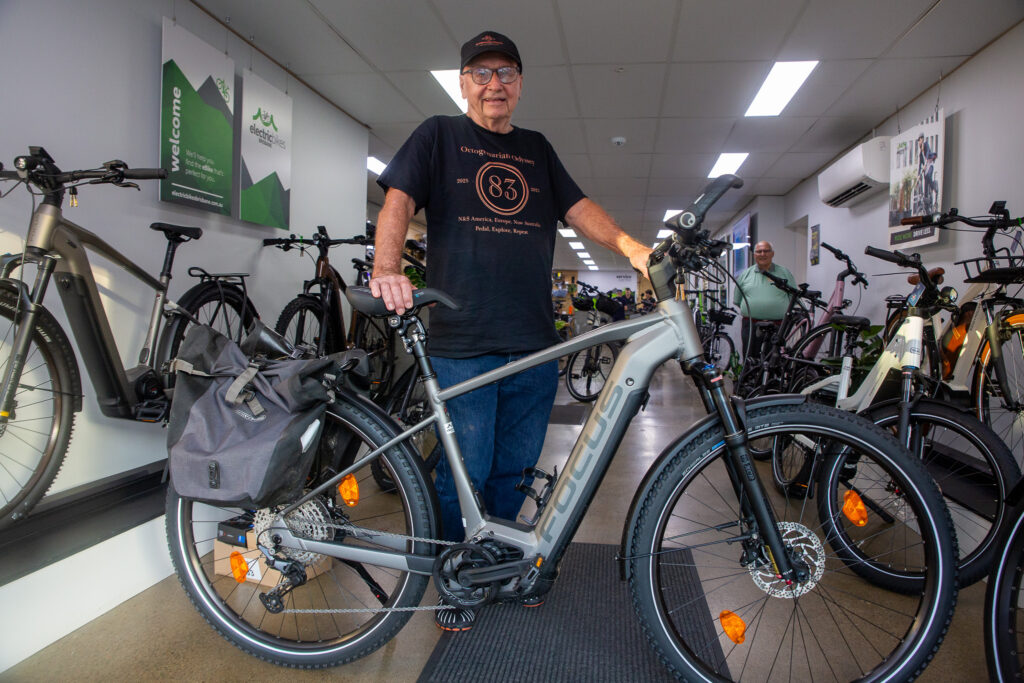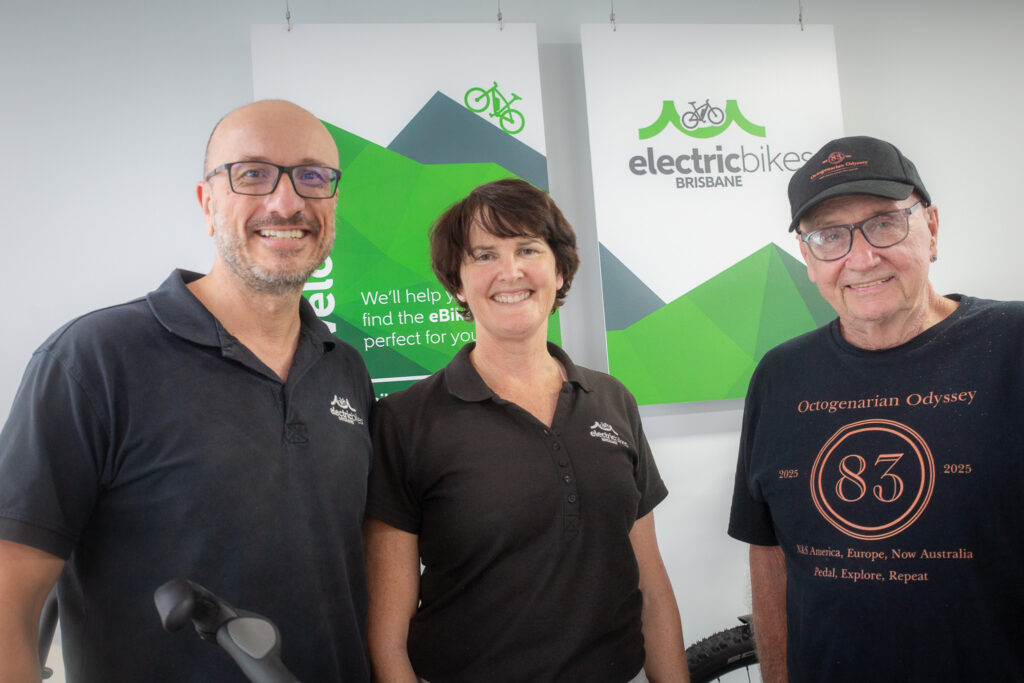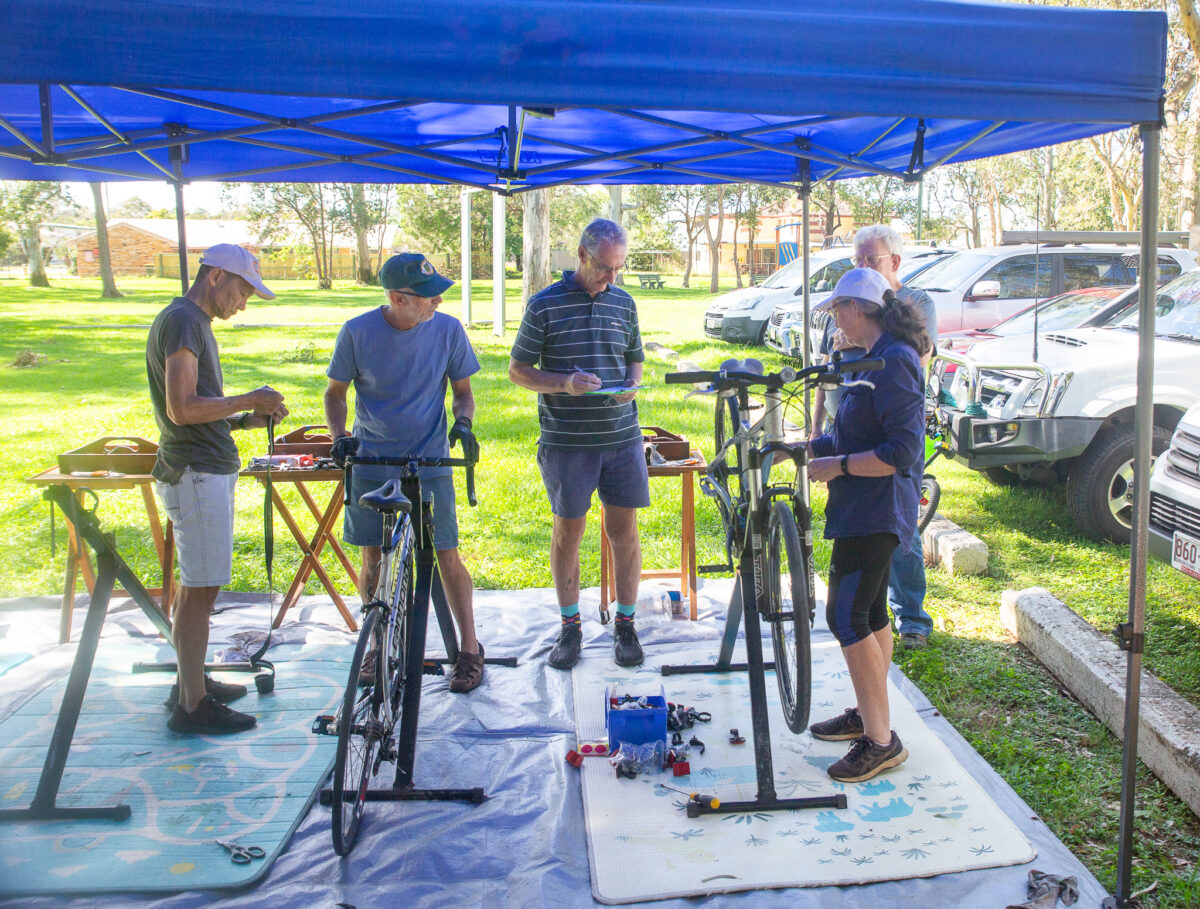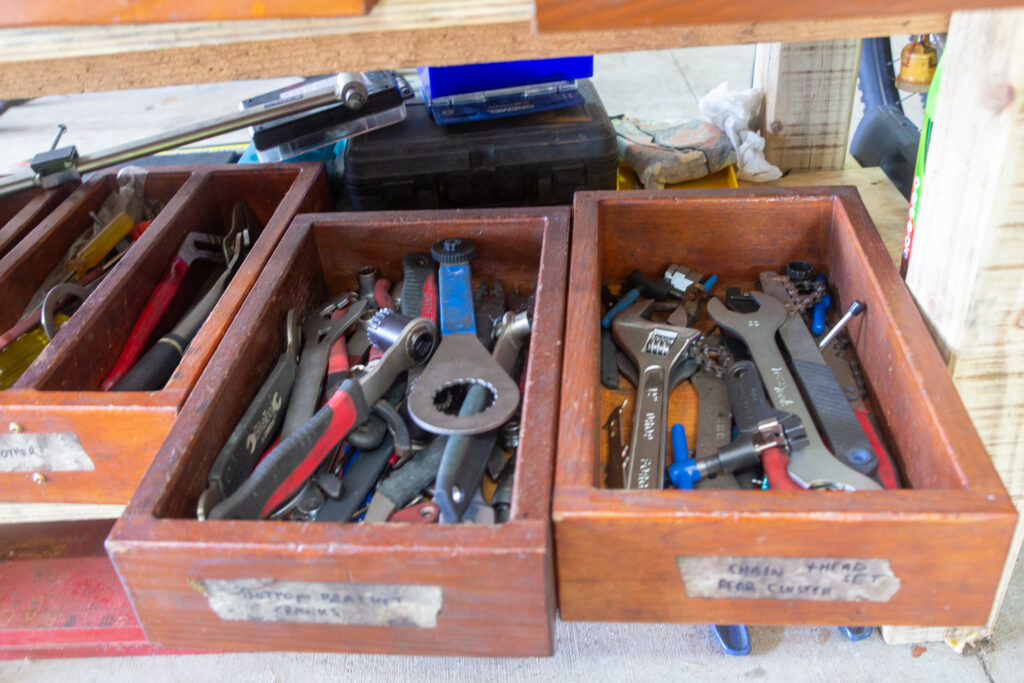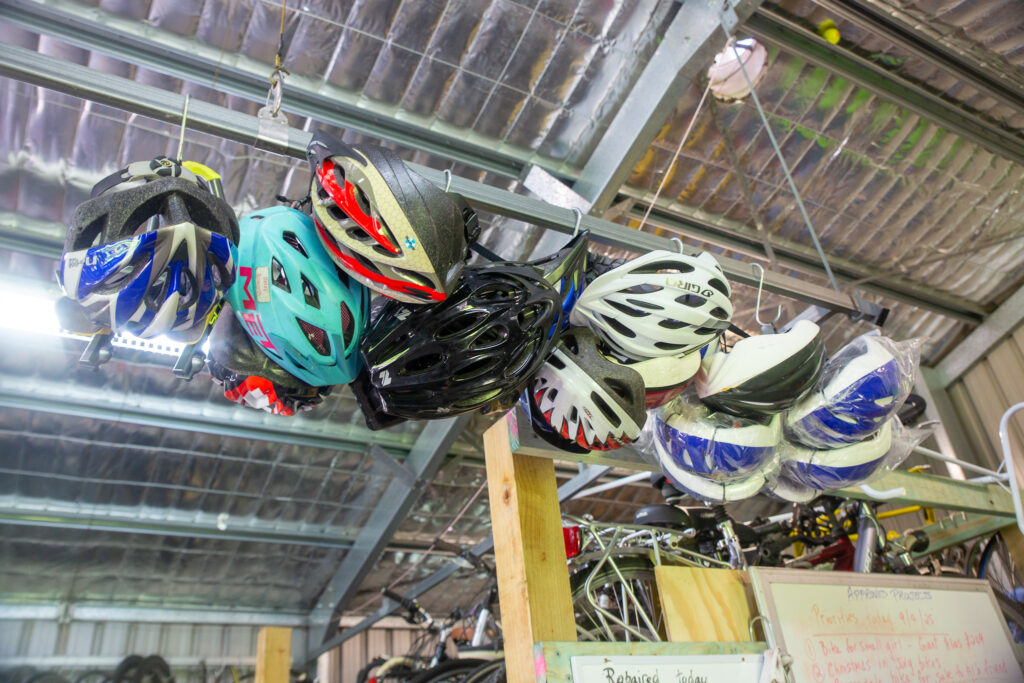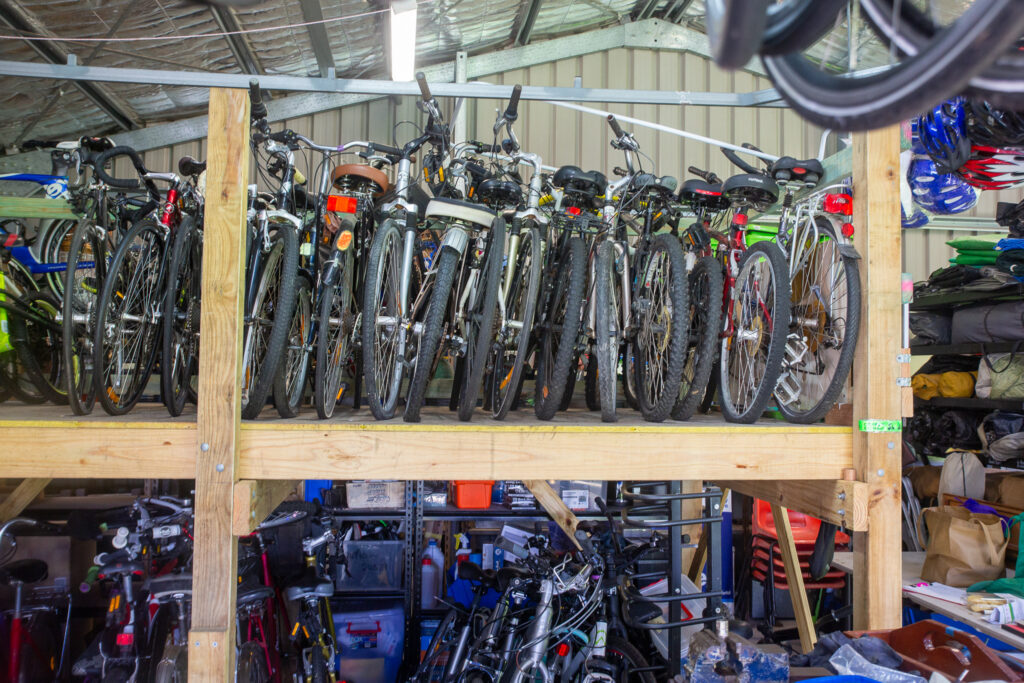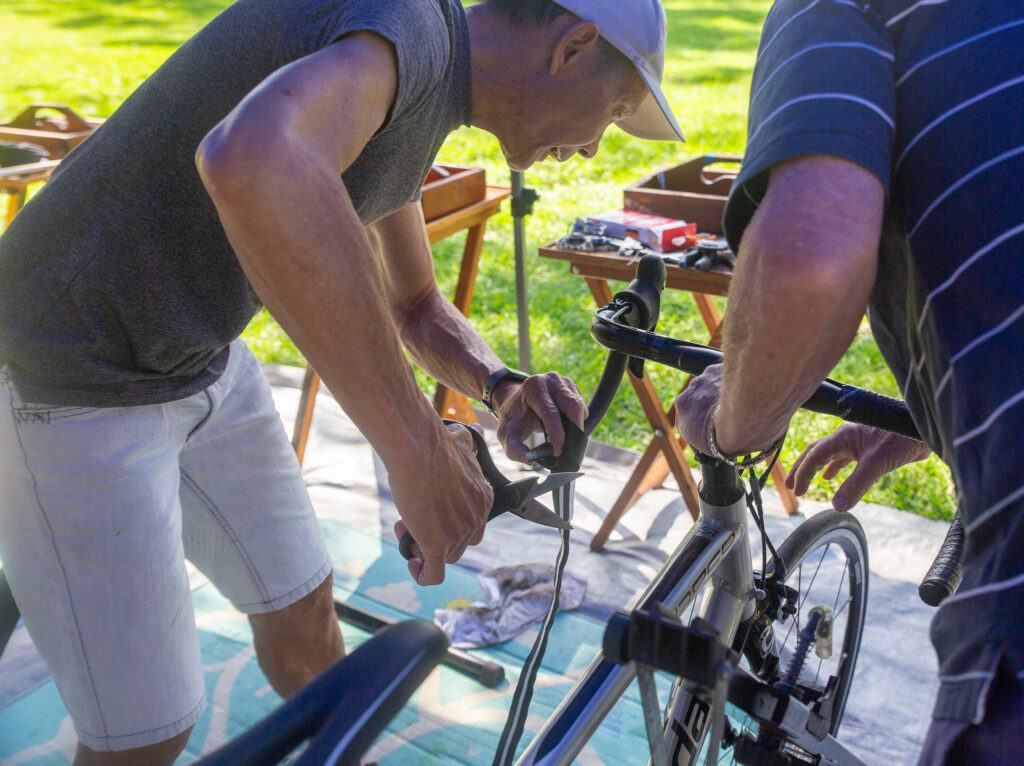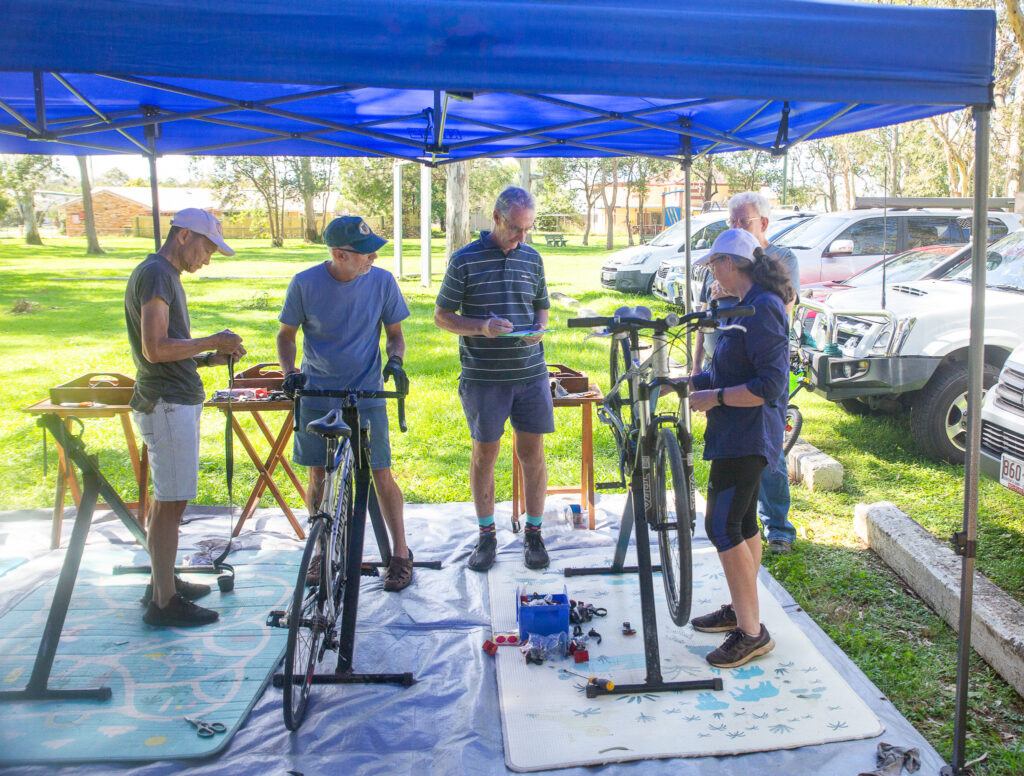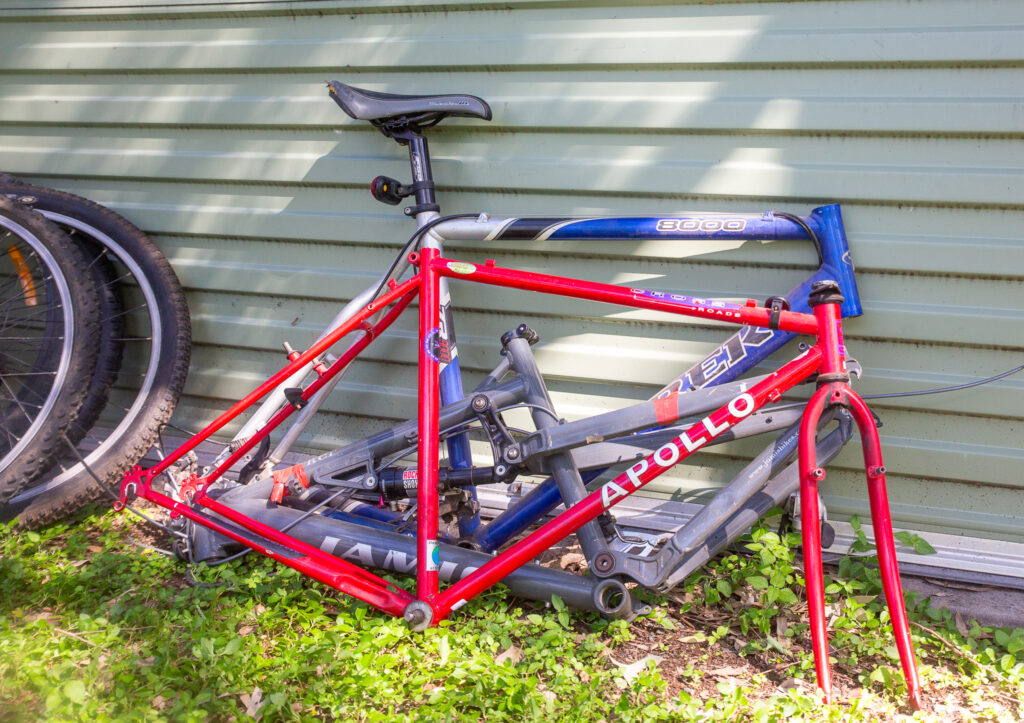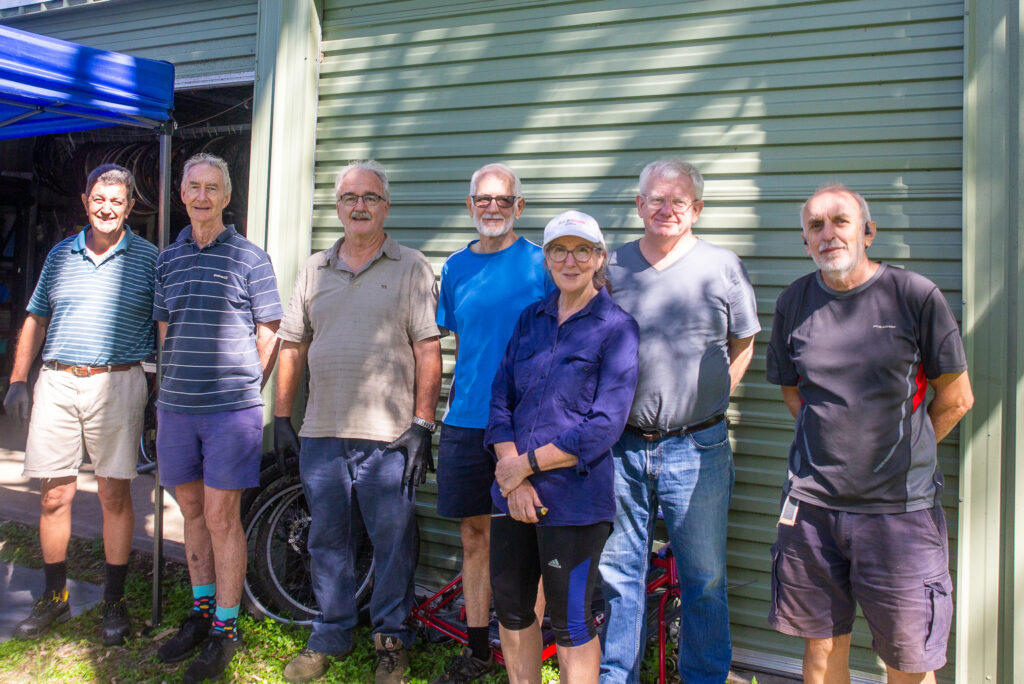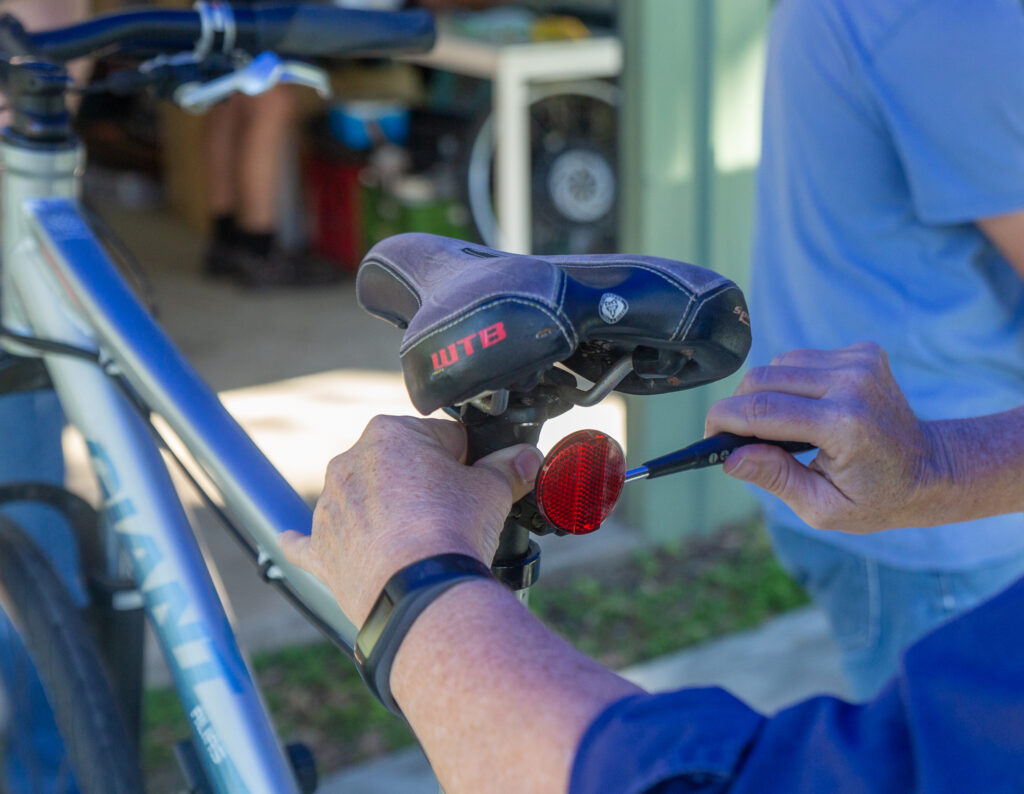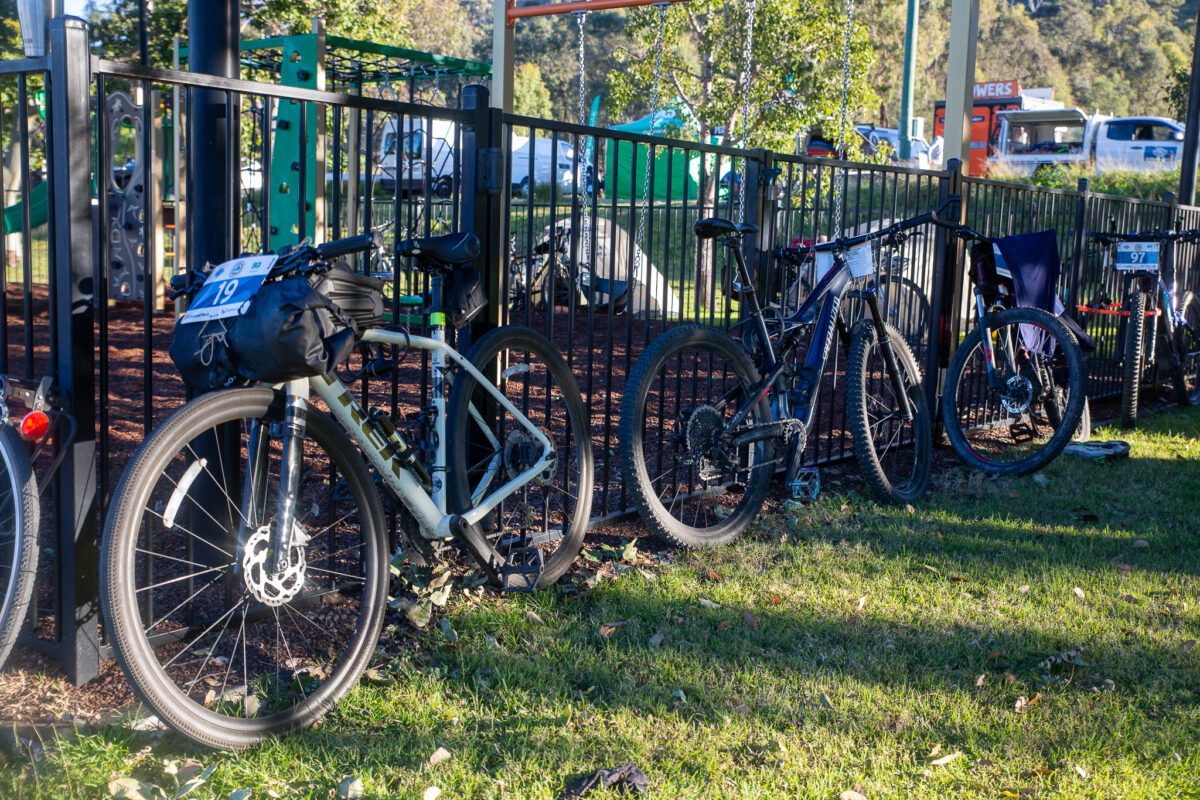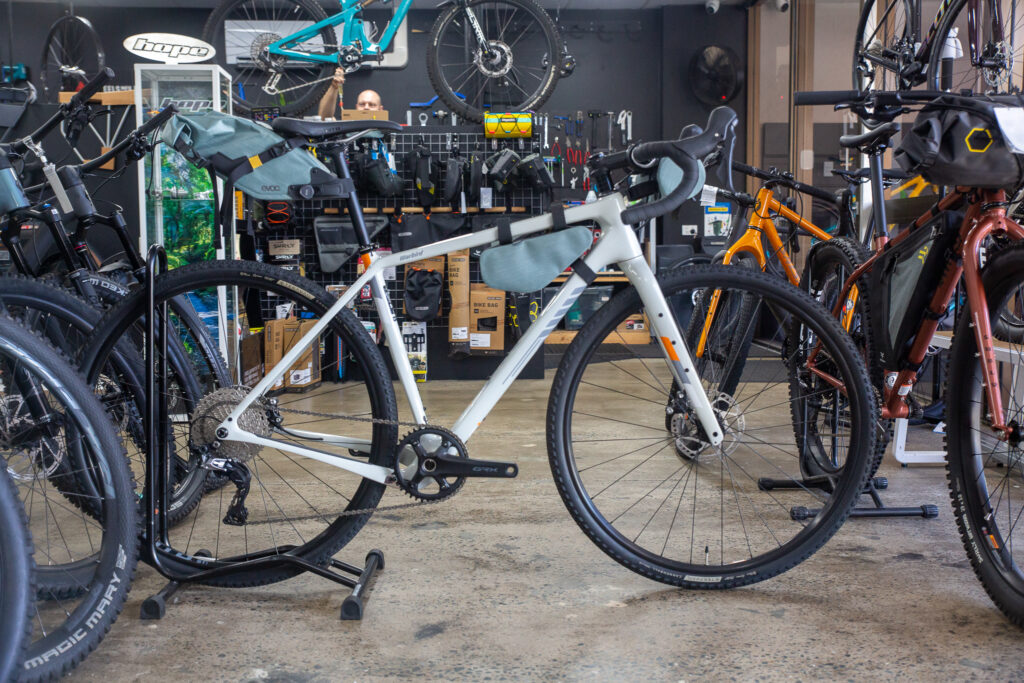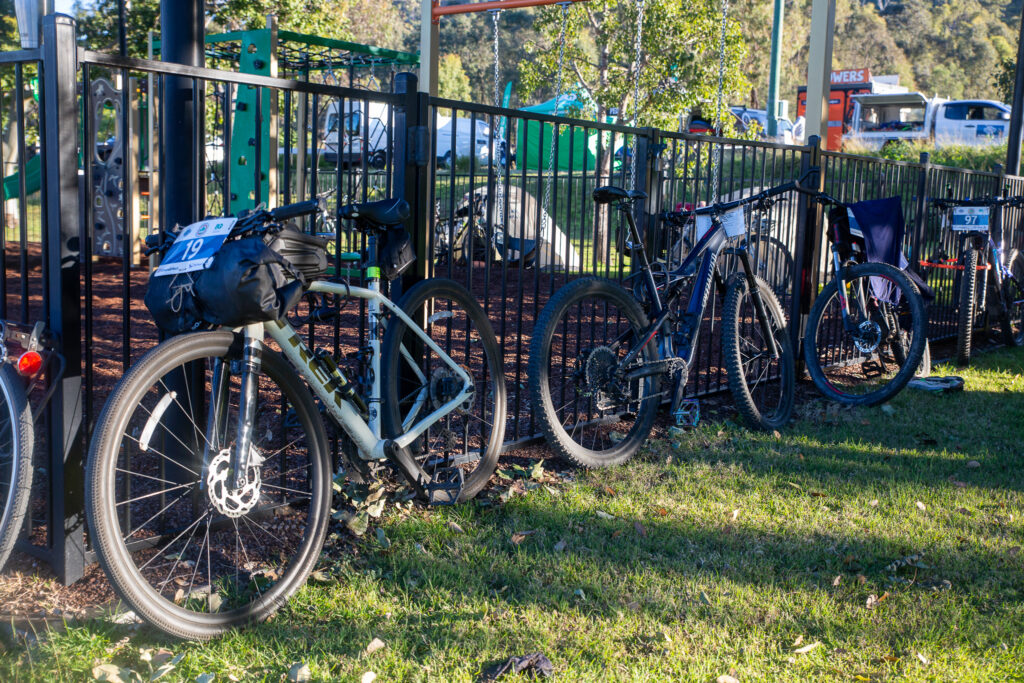Tucked into the bustling heart of Woolloongabba, Planet Cycles has long held a reputation as one of Brisbane’s iconic bike shops. Planet Cycles are also a BQ Link retail member, essential partners for Bicycle Queensland, sharing our message and cause with their new and existing customers. For Dimity Scott, who now manages the store, the reputation attached with Planet Cycles wasn’t just inherited, it’s something she and her team are proud to uphold every day.
“Planet is a bit of a legacy in Brisbane. It’s a very well-known bike shop,” Dimity says. “It’s always been the benchmark that other stores have looked to. We have set a standard as a premium store, with premium service and premium products. And that’s what we aim to continue.”
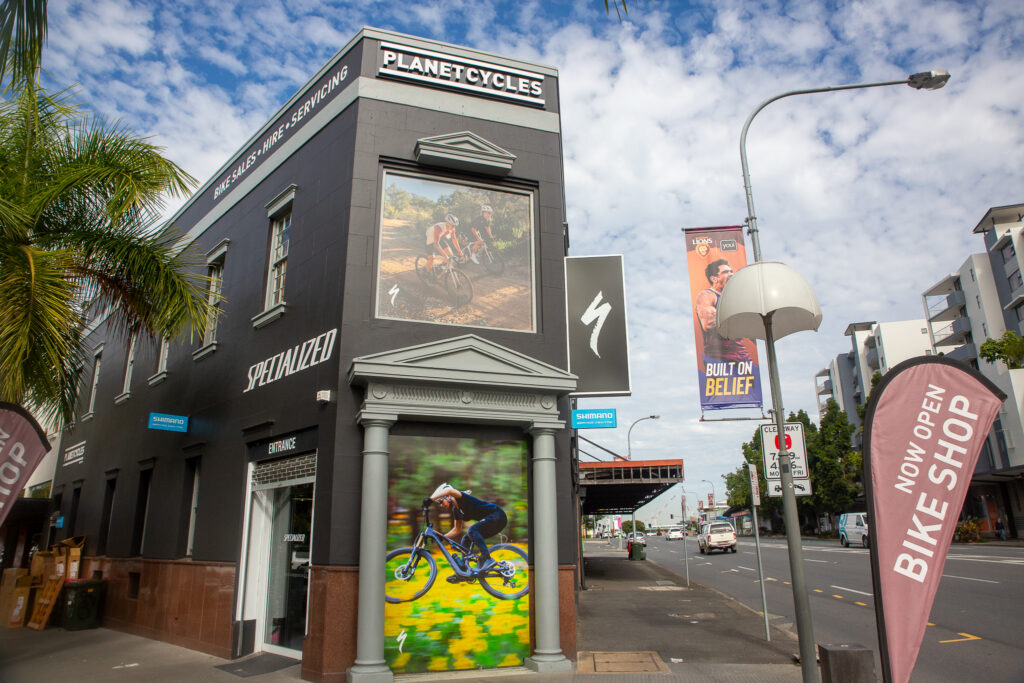

That focus on quality goes beyond the bikes themselves. Dimity sees the store’s greatest strength in its people, both on the shop floor and on the tools in the workshop
“For me, the best part about this store is the team. The experience is unbelievable, and it spans across road, cross-country, downhill, e-bikes, gravel – just about everything,” she says. “It means we can give customers genuine, well-rounded advice no matter what kind of riding they’re into.”
In an era where bikes are constantly evolving, having a shop that keeps pace with both technology and service expectations is crucial. Dimity says one of the key roles of a reliable bike shop today is to help riders, especially those newer to the scene, make sense of the tech.
“Keeping up with the technological changes is hard, even for us,” she says. “So for someone who’s not mechanically minded, having a shop that can explain things, take care of the bike, and keep them riding smoothly is really important.”
This is especially true for the e-bike market, with the technology introducing a bunch of terms and numbers that need educated staff to explain and contextualise. Given e-bikes cross just about every genre, thankfully the Planet Cycles crew are well up to speed – pun intended.
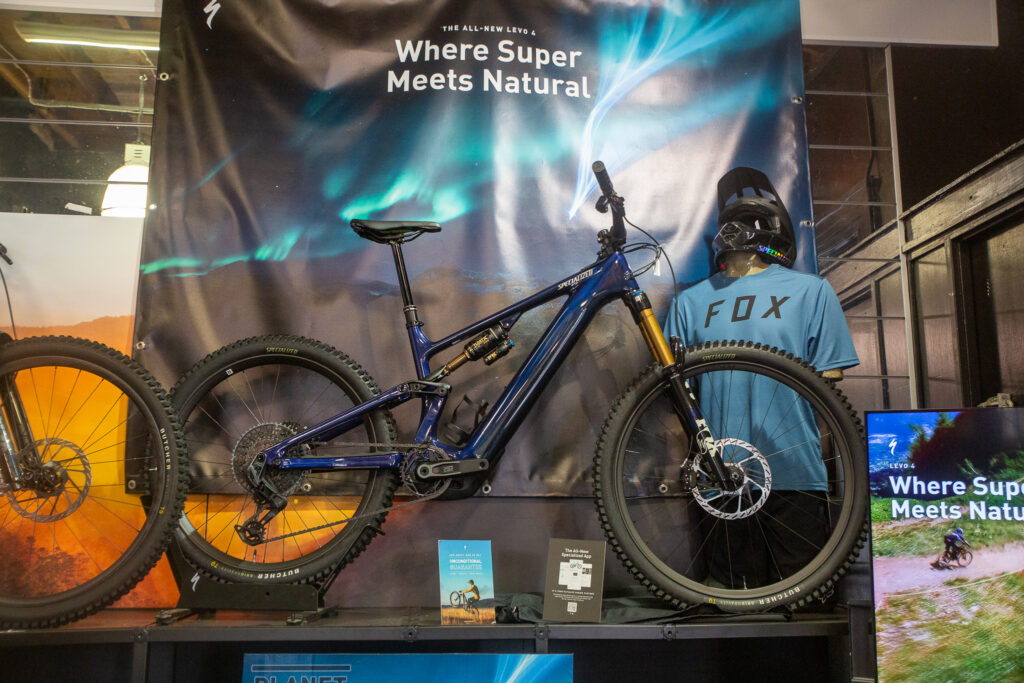
While the store has always been strong in the road cycling space, Planet Cycles is also embracing the growing appeal of gravel. Their new monthly social ride is already building momentum among a wide mix of riders.
“On the last Sunday of the month, we meet at the Fernvale Information Centre and head out to Coominya and back,” Dimity explains. “It depends on the group, but no one gets dropped. Some people go a bit harder, and others just cruise—it’s about having fun and enjoying the ride.”
The appeal of gravel, especially to those with a road riding background like Dimity, is easy to understand.
“You’re out in nature, no traffic, no noise – it’s just relaxing. You can actually have a chat with your mates and enjoy being on the bike. Then you grab a coffee after and start your day feeling great.”
The ride has attracted everyone from occasional riders getting back into cycling to super-keen new gravel converts, and that is Dimity finds genuinely rewarding.
“We’ve had people who ride once every six months and want to get back into it, right through to those with brand new gravel bikes who just want to be out there as much as possible. That variety is what makes it great.”
In-store, Planet Cycles continues to give riders the chance to experience some of the latest gear firsthand. As a Specialized dealer their demo fleet includes the a variety of the brand’s class-leading e-bikes, along with select other models. Dimity is quick to confirm that their test rides are the real deal as well.
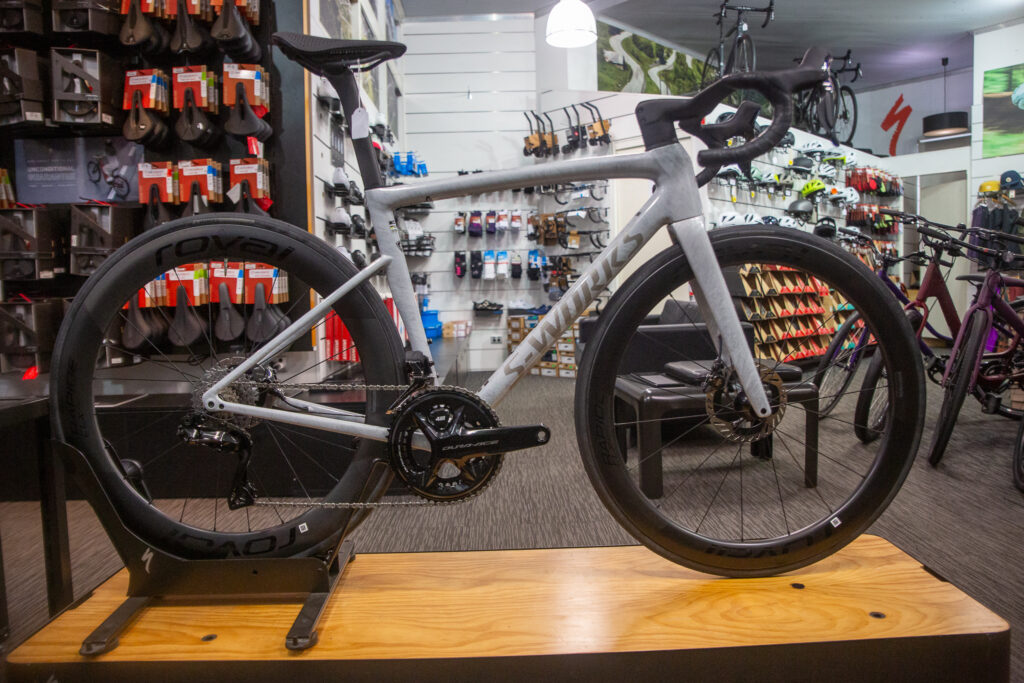
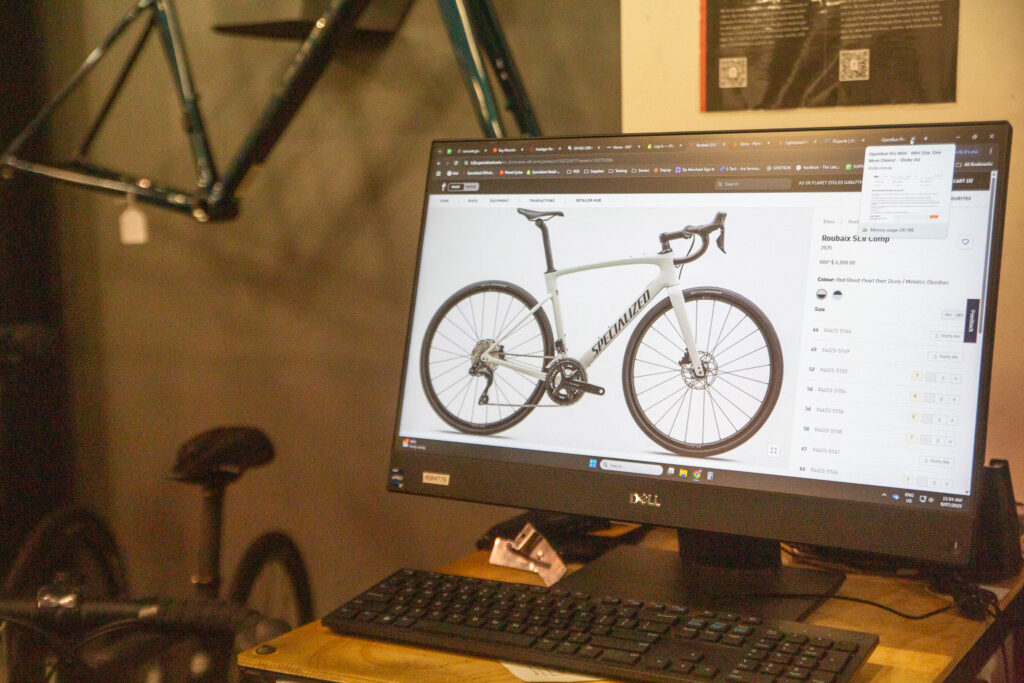
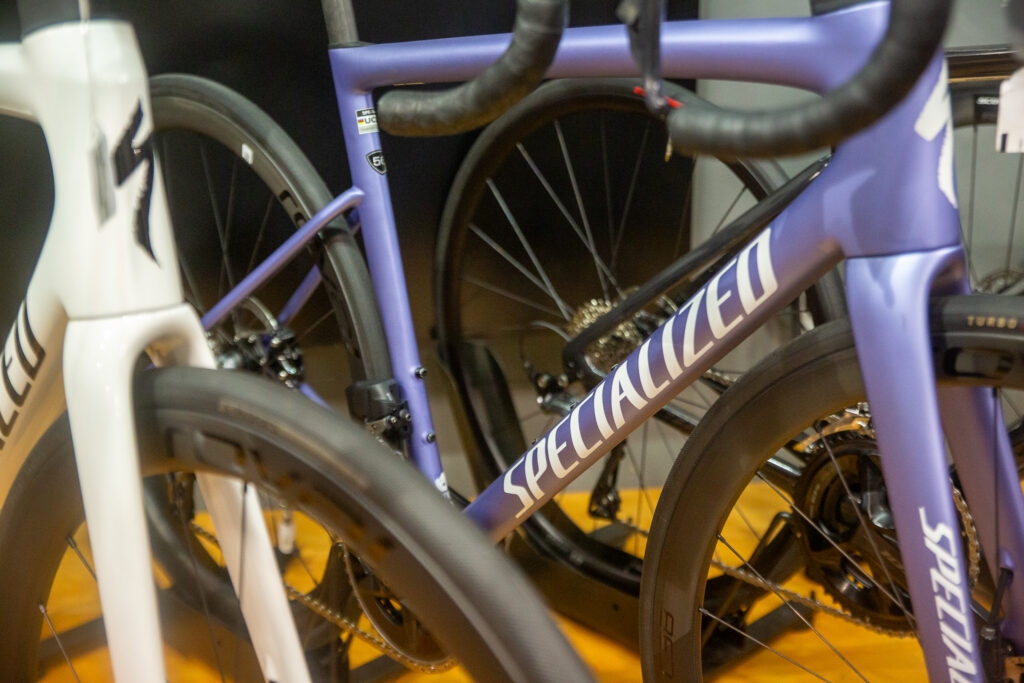
“You don’t just ride around the car park, you can take them out for a day or a weekend and actually see what it’s like,” Dimity says. “It’s a great way for people to explore the e-bike scene properly.”
As a BQ Link retail partner, Planet Cycles is also aligned with Bicycle Queensland’s broader goals – to grow riding across all levels and styles, and help make Queensland a safer, more accessible place to ride.
“I think Bicycle Queensland does an amazing job of promoting cycling – not just as a sport but as something fun and healthy to do,” Dimity says. “Their work pushing for infrastructure is huge. I ride 20km to work each way and I’m hardly on the road at all, which from a safety point of view is fantastic.”
For Dimity and the team at Planet Cycles, the motivation is simple: they love bikes, and they want more people riding them.
“We wouldn’t be doing this if we didn’t love it,” she says. “Partnering with BQ is a way for us to help grow the industry and support the community. Whether it’s through events, advocacy, or just helping someone have a better ride.”
Visit Planet Cycles website.
